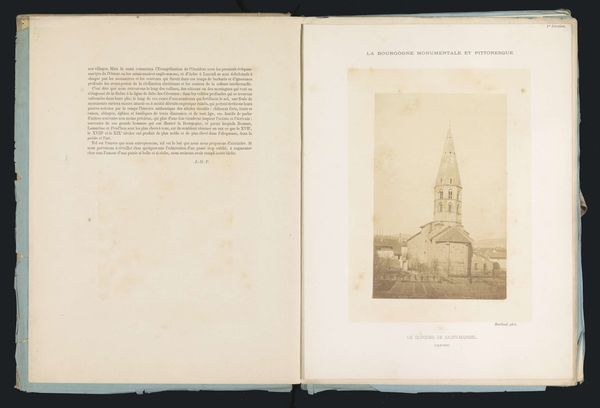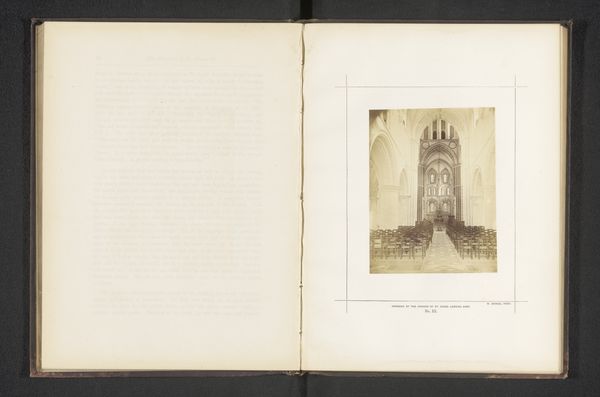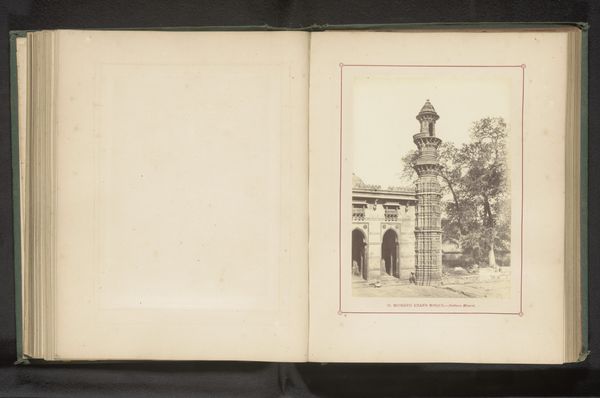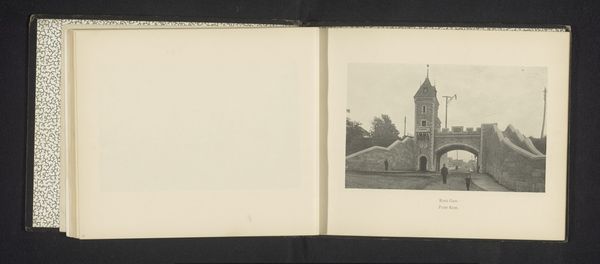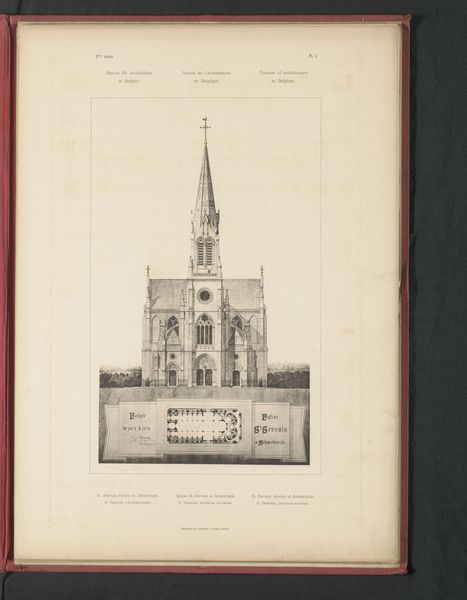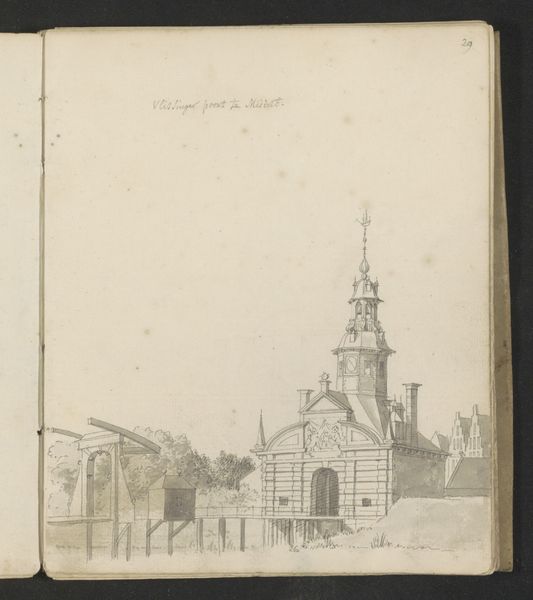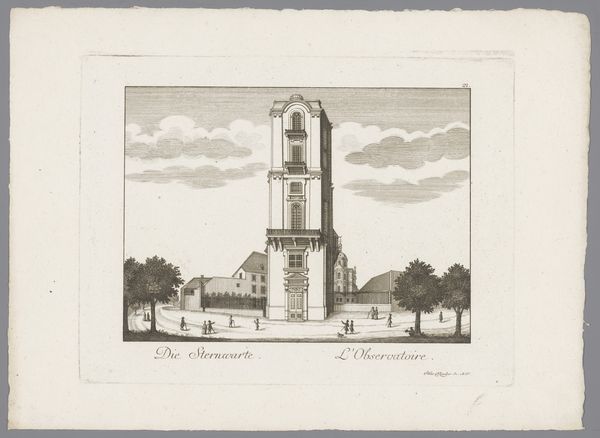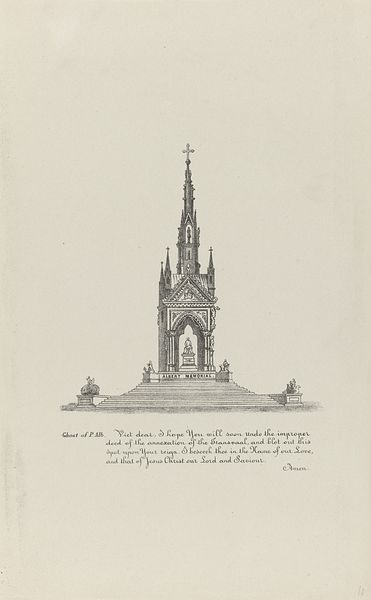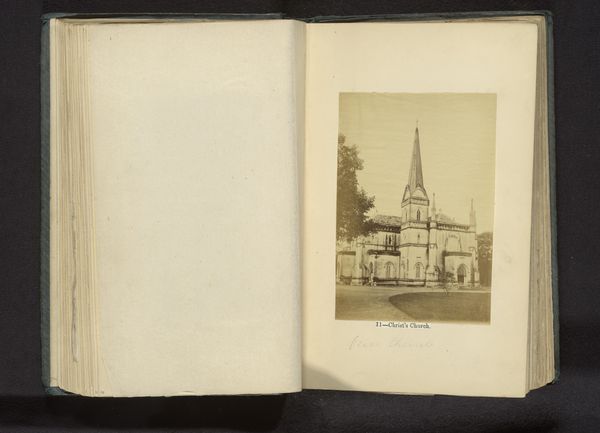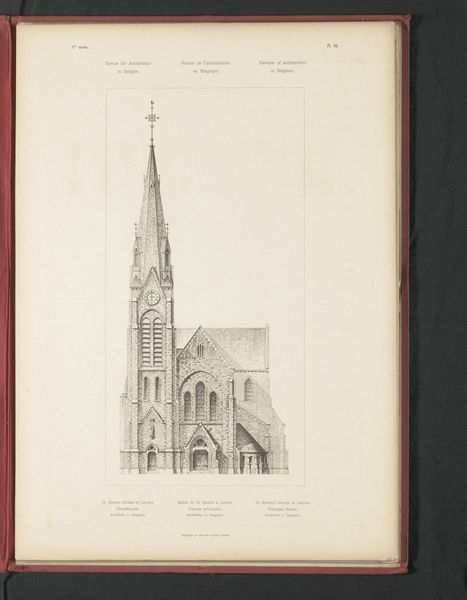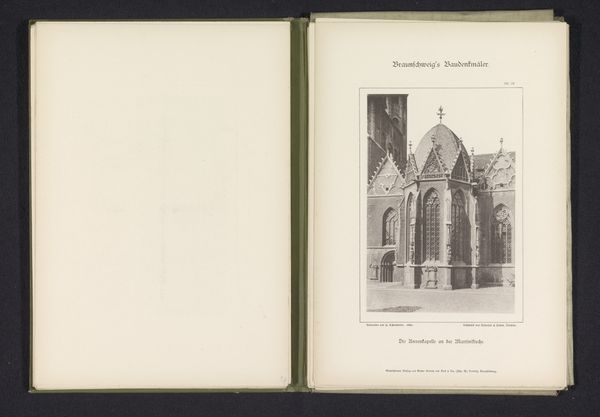
print, photography, architecture
#
16_19th-century
# print
#
photography
#
cityscape
#
architecture
#
realism
Dimensions: height 277 mm, width 211 mm
Copyright: Rijks Museum: Open Domain
Curator: This albumen print, taken in 1878, captures the spire of the Église Saint-Romain in Rouen. It’s credited to Witz et Cie., offering us a sharp glimpse into 19th-century urban architecture. Editor: Immediately, the rigidity strikes me—almost severe, even. The monochrome palette underscores the structure’s formal, almost authoritarian presence against what would presumably be a bright sky. Curator: The severity you notice reflects, perhaps, the 19th century’s own relationship with institutions. Church spires visually dominated cityscapes, asserting spiritual power. Also, observe how photographic realism began its shift to recording monuments and asserting claims on collective memory. Editor: Precisely. The towering presence suggests not only faith but the Church’s immense cultural influence during the era. I see the spire practically looming, reminiscent of panoptic power structures, shaping behavior through implied surveillance. Curator: I appreciate that reading. Though I also sense aspiration in that height. Cathedrals, in their verticality, represented humanity’s reach towards the divine. The spire is less about oppression and more about the sublime—evoking a sense of transcendence. Editor: Aspiration is one interpretation, of course. But how complicit was this transcendence in masking societal ills, distracting from inequality, or enforcing cultural norms under the guise of religious devotion? The photographic gaze here is uncritical, perhaps reflecting the blind spots of the era. Curator: Fair points, and photographic conventions often do uphold the status quo by immortalizing their structures without wider critical narratives. Even still, architectural details speak beyond political commentary. Note the craftsmanship—a lexicon of its own. Neo-Gothic pinnacles were themselves symbols harkening back to prior ages. Editor: I agree with acknowledging craftsmanship; it allows further contextualising. Was this photographic endeavor solely documenting an aesthetic appreciation, or actively solidifying a claim to architectural, or political prowess by presenting Rouen’s church as a monumental legacy? It really shows how powerful imagery can subtly sway perspective. Curator: Food for thought, for certain. Editor: Definitely makes you consider who built, who benefited, and whose story endures in these images.
Comments
No comments
Be the first to comment and join the conversation on the ultimate creative platform.
